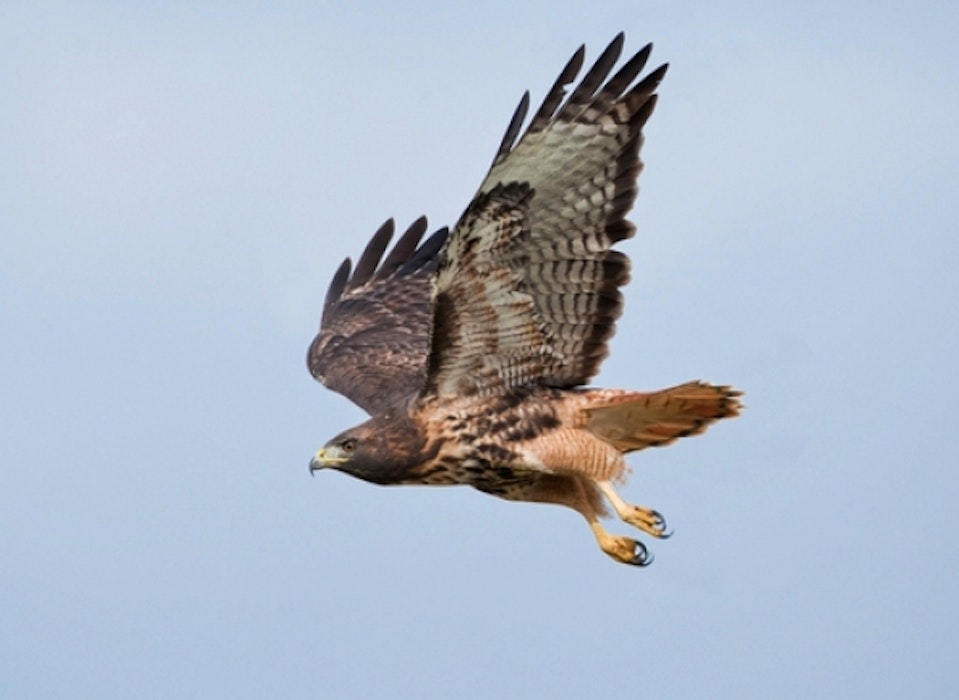Ask a Naturalist: When do birds migrate?
Discovery Place Nature

Bird migration is often thought of as an event that happens in the spring and then again in the fall, but the truth is that migration can occur during a wide range, from mid-summer to late fall.
There are many factors that affect migration. The photoperiod, or length of daytime, triggers migration behaviors in many birds, but so do factors such as temperature, weather, food availability, maturity of offspring and even location.
Birds such as shorebirds that make the long trek from the arctic may start migrating as early as late July. Other birds such raptors (hawks, falcons, etc.) may migrate in October or even early November.
Different species of birds also migrate at different times of the day. Raptors migrate during the day to take advantage of rising thermals, or columns of warm air. A hawk can ride these thermals and travel quite a few miles without even flapping a wing!
Warblers, shorebirds and waterfowl migrate at night, which helps them avoid daytime predators, take advantage of cooler, less turbulent weather to conserve energy and spend their time during the day finding food.
Birds also will take advantage of cold and warm weather fronts. Using the circulation of high and low pressure systems, a bird that flies at a speed of 20 mph can catch a tailwind of 30 mph and be moving at 50 mph. This means that some birds can migrate over 300 miles in a day or night!
A lot of factors can determine the timing, speed and duration of migration, but there are still things about migration that we do not fully understand. We do know that the act of migrating is a fascinating and amazing feat and the more we learn, the more incredible migration is!

